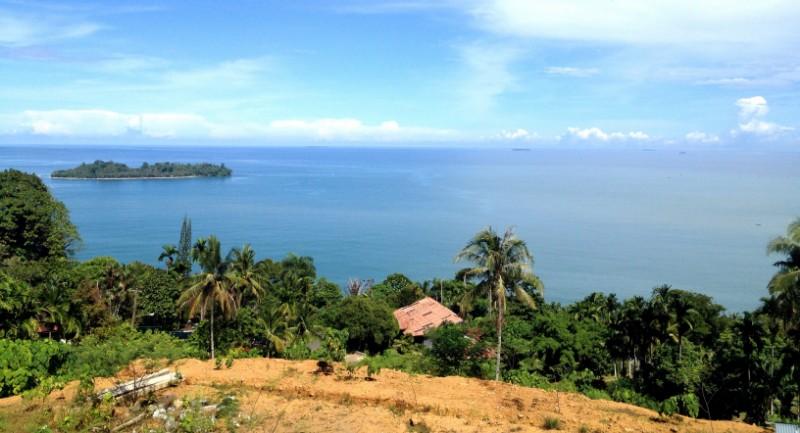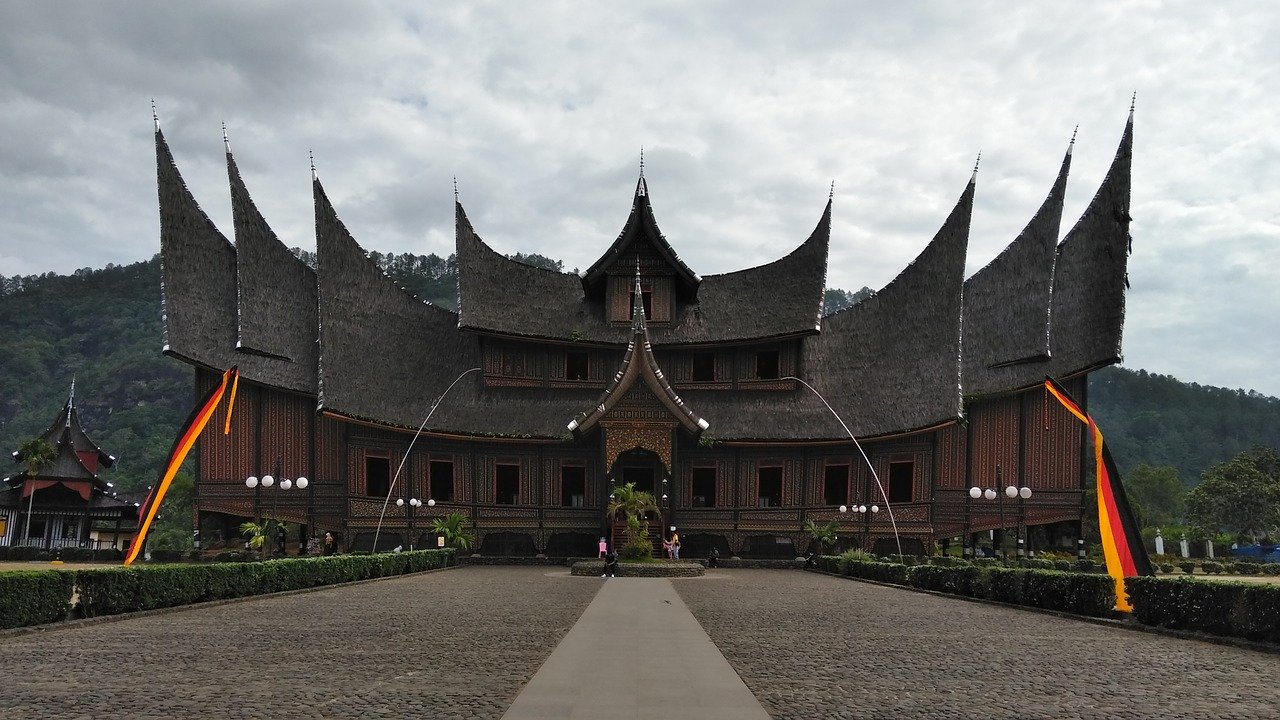


The popularity is owing to its mouthwatering food and the unique serving style - the waiters will expertly carry more than ten plates with all kinds of delicacies on both arms. Apart from being famous with its folktales, Padang is also well-known for its scrumptious dishes.įamous throughout Indonesia for its distinctive cuisine, Padang is the place to go to sample the famous spicy nasi padang food that has spread throughout the country and the world, including delicacies such as rendang, dendeng, and sate padang. The region is in the limelight for its legendary folktales such as the love story of Siti Nurbaya who was forced to marry an old wealthy merchant and the story of an ungodly man, Malin Kundang, who was cursed to stone by his mother. Islam is a predominant religion in the province with about 97.4% of the total population.Padang is the capital city of West Sumatra Province and is one of the largest cities in Indonesia. Another native ethnic group is Mentawai people, who inhabit the western islands of the same name. West Sumatra is home to the Minangkabau people, although the traditional Minangkabau region is actually wider than the province's boundaries, covering up to the southern region of North Sumatra, the western region of Riau, the western region of Jambi, the northern region of Bengkulu, and Negeri Sembilan in Malaysia. Padang is the province's capital and largest city. It has relatively more cities than other provinces outside of Java, although several of them are relatively low in population compared with cities elsewhere in Indonesia.

West Sumatra is sub-divided into twelve regencies and seven cities.

The province includes the Mentawai Islands off the coast and borders the provinces of North Sumatra to the north, Riau and Jambi to the east, and Bengkulu to the southeast. On the west coast of the island of Sumatra, the province has an area of 42,012.89 km², and it had a population of 4,846,909 at the 2010 Census and 5,534,472 at the 2020 Census.


 0 kommentar(er)
0 kommentar(er)
